What climbs a wall or fence vs. trellis?
markdpelhamny
16 years ago
Related Stories
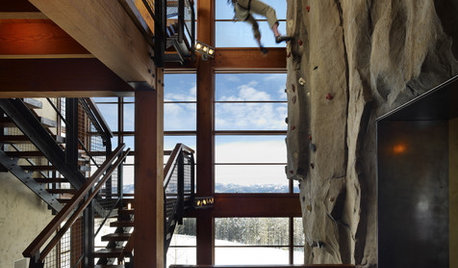
HOME GYMSHomes Get a Lift From Climbing Walls
You heard right — climbing walls have shot past the gym into homes. See how backyards, entryways and even bedrooms are enabling the ascent
Full Story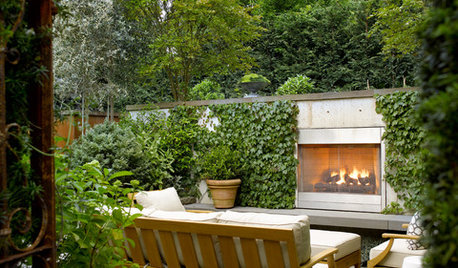
GARDENING AND LANDSCAPINGClimbing Plants Suit Small Gardens
Use climbing foliage and flora to blur garden planes, hide unsightly features and soften imposing landscape boundaries
Full Story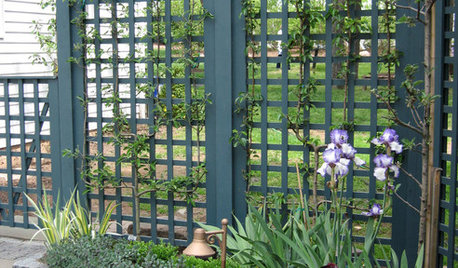
DESIGN DICTIONARYTrellis
The climb to the top is easy for vines and plants with a trellis to help them along
Full Story0
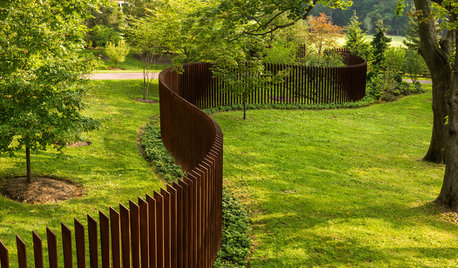
FENCES AND GATES12 Delightfully Different Garden Walls and Fences
If pickets seem picked over and you shrink from chain link, try these full-of-personality fencing alternatives
Full Story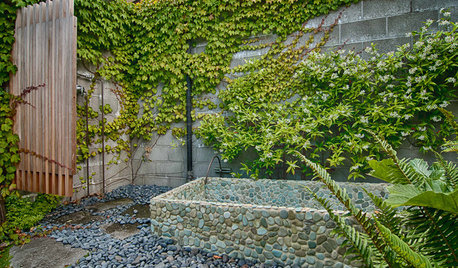
LANDSCAPE DESIGNHow to Turn an Ugly Wall Into a Feature
There are plenty of ways, from planting to paneling, to improve your garden view
Full Story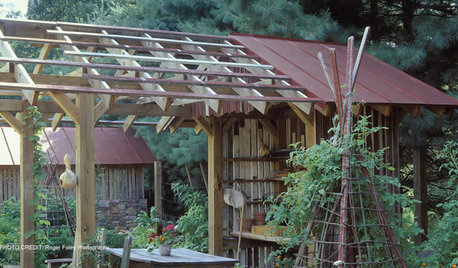
GARDENING AND LANDSCAPING12 One-of-a-Kind Trellis and Arbor Designs
Create Your Own Place for Vines, Flowers or a Romantic Chandelier
Full Story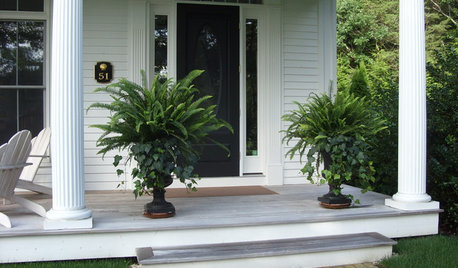
GARDENING AND LANDSCAPINGPorch Life: 12 Ways to Beautify a Porch With Plants
Abundantly welcoming, plants rooted in pots, hanging in baskets or climbing up a trellis add life to porches
Full Story
DECORATING GUIDESWeave Decorating Magic With This Go-Anywhere Interlocking Pattern
Bold and graphic or muted and subtle, trellis patterns are a great addition to a room and are enjoying a style moment right now
Full Story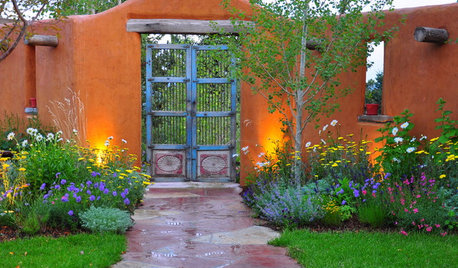
GARDENING AND LANDSCAPINGHow to Pick a Nice Wall for Your Garden Room
Made by hand, prefab or growing from the ground, garden walls are key landscaping elements. Here's what to think about for your yard
Full Story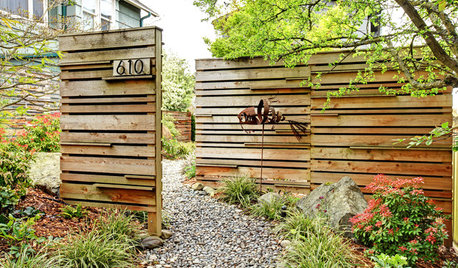
FENCES AND GATESHow to Choose the Right Fence
Get the privacy, security and animal safeguards you need with this guide to fencing options
Full Story





lorna-organic
HerbLady49
Related Professionals
Maple Valley Landscape Architects & Landscape Designers · Port Royal Landscape Architects & Landscape Designers · Aberdeen Landscape Contractors · Biloxi Landscape Contractors · Mission Landscape Contractors · San Rafael Landscape Contractors · Tacoma Landscape Contractors · West Allis Landscape Contractors · Port Neches Roofing & Gutters · West Orange Roofing & Gutters · Euless Siding & Exteriors · North Bellmore Siding & Exteriors · Orem Siding & Exteriors · Riverside Siding & Exteriors · St. Louis Siding & Exteriorscooperbailey
gardengal48 (PNW Z8/9)
markdpelhamnyOriginal Author